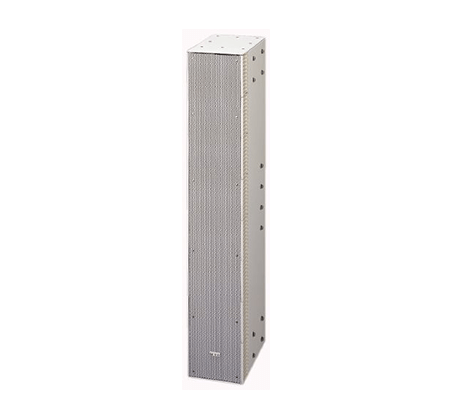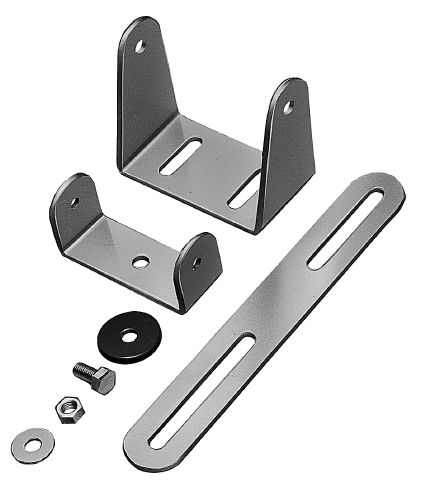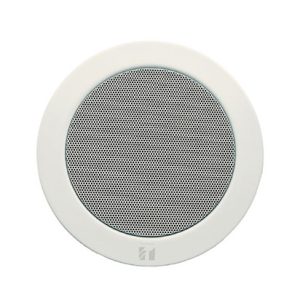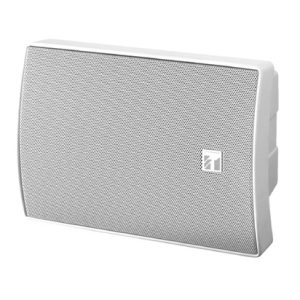Description
Line array speakers are a type of loudspeaker system commonly used in professional audio setups, such as concerts, stadiums, theaters, and large venues. They are designed to provide even sound coverage across a wide area, projecting sound over long distances while maintaining consistent audio quality and intelligibility.
The basic concept behind line array speakers is to arrange multiple speaker elements in a vertical line or array. Each speaker element, often referred to as a “driver,” consists of a small individual speaker or a group of speakers. The drivers are strategically placed to work together and create a focused and controlled sound dispersion pattern.
Here are the key features and principles of line array speakers:
Vertical Alignment: The drivers in a line array are precisely stacked vertically, one above the other, to create a continuous line of sound sources. This vertical alignment allows the speakers to work together coherently and produce a seamless wavefront, minimizing interference and phase cancellation.
Controlled Dispersion: Line arrays are designed to control the dispersion of sound, especially in the vertical plane. By carefully adjusting the spacing and angle of the drivers, line array speakers can project sound over long distances while maintaining consistent volume levels and frequency response throughout the coverage area. This controlled dispersion helps to deliver clear and intelligible audio to listeners at various distances from the speaker system.
Array Curvature: In many line array systems, the drivers are curved or angled in a specific shape known as an “array curvature.” This curvature helps to shape the sound projection pattern and direct the sound energy towards the desired coverage area. The curvature can be adjusted based on the venue size and audience seating arrangement to optimize the coverage and minimize reflections.
Rigging and Flyware: Line array speakers are often designed to be flown or suspended from rigging systems. They feature built-in rigging points or dedicated hardware for safe and secure mounting. This allows for flexible installation options, especially in large venues where ground space may be limited or where optimal sound coverage requires elevation.
The benefits of line array speakers include:
Increased Sound Coverage: Line arrays excel at providing even sound coverage over a large area, ensuring that the audio is heard clearly by the audience throughout the venue, from the front to the back rows.
Improved Intelligibility: The controlled dispersion pattern and coherent wavefront produced by line arrays help to enhance speech intelligibility and the clarity of music, allowing listeners to hear the details of the sound more accurately.
Reduced Acoustic Problems: Line arrays can help mitigate common acoustic challenges in large venues, such as excessive reverberation, reflections, and uneven sound distribution. The focused sound projection minimizes unwanted interactions with the venue’s surfaces and delivers more direct sound to the audience.
Scalability: Line array systems are scalable and can be customized to match the specific requirements of different venues. They can be configured with varying numbers of speaker elements, allowing for adjustments in coverage area, sound pressure level, and frequency response to suit the venue’s size and acoustic characteristics.
It’s important to note that while line array speakers are commonly used in large-scale professional audio setups, they may not be necessary or suitable for smaller venues or applications where a more compact speaker system can suffice. The design and implementation of line array systems require expertise and careful consideration of the venue’s acoustics, audience size, and desired audio experience.








Reviews
There are no reviews yet.